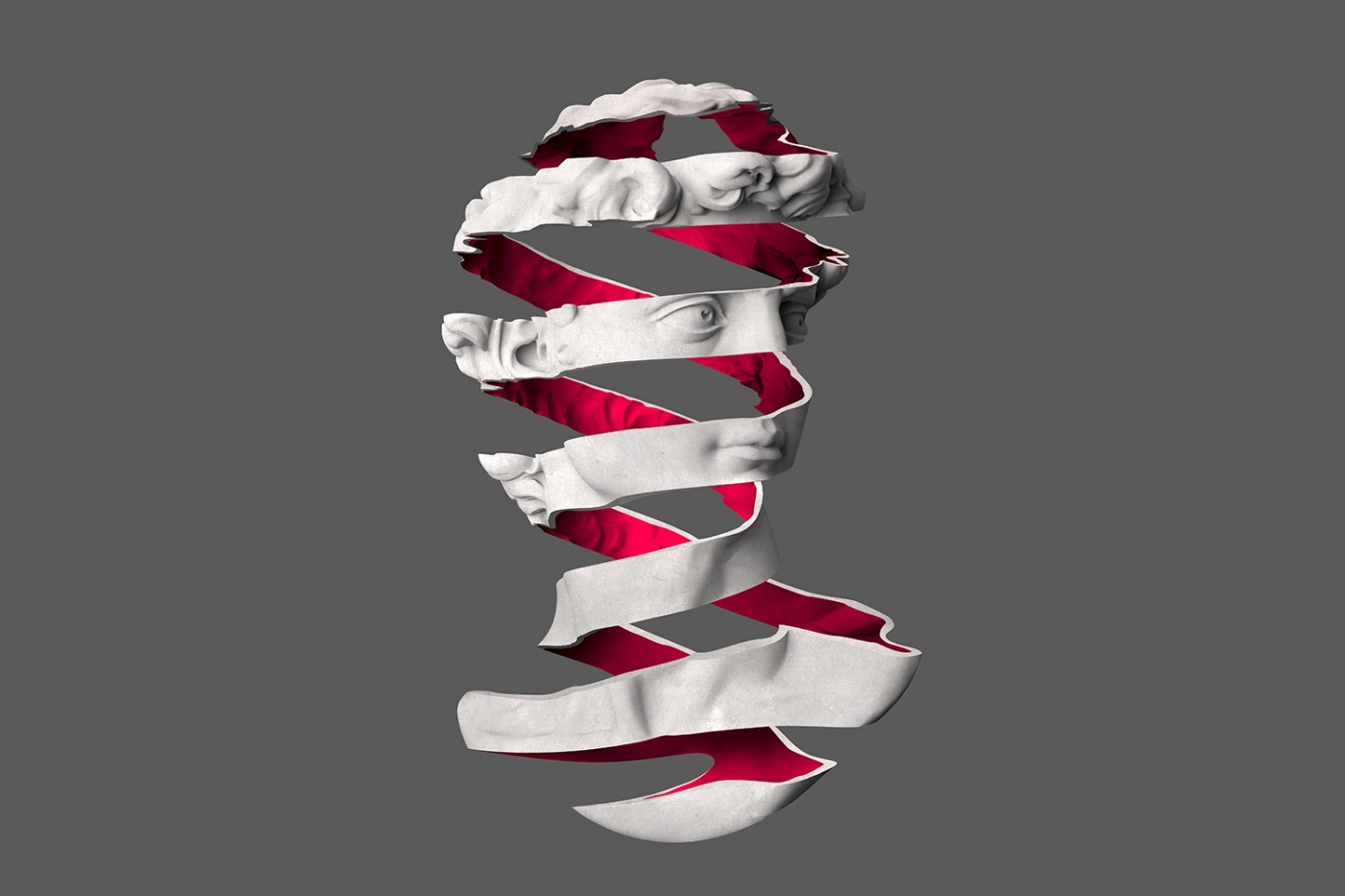The Art of Kintsugi Helps Us Embrace Our Brokenness
When things break, the urge to throw them away is almost second nature to most of us. But is there a way to salvage the situation? Can brokenness be fixed and transformed into something better than before? Kintsugi, the Japanese art of repairing broken ceramics, is founded on the principle of highlighting and enhancing cracks by turning “scars” into refined works of art. This traditional practice breathes new life into broken objects by showing us that our imperfections do not have to be obscured—and that they can be worn with pride.
Dating back to 15th century, Japanese craftsmen utilised liquid gold, silver and urushi lacquer dusted with powdered gold to mend broken pottery pieces. These emblematic works of beauty possessed a distinct look due to the irregular patterns formed with the use of liquid metals and became centrepieces, boldly exhibited in all their artistic glory. Like each art piece that has its own story, we, too, have our own blemishes and defects that make us unique individuals.
Part of the concept underlying kintsugi is an artistic manifestation of the wabi-sabi philosophy, which celebrates flaws and simple living. Take, baking, for example. When our cookies become misshapen, they end up tasting just as delicious or even better than the perfectly shaped ones. When objects break, they never do so evenly. Similarly, in life, even if you have the best made plans, no one can predict (or prevent) the onslaught of an illness, the failings of a career or the loss of loved ones. In kintsugi, these unintentional flaws are beautifully integrated into the whole design, serving as a visual reminder to us that although the ‘bad’ will always exist, greatness can come out of it. Think about how cancer survivors end up becoming stronger and more appreciative of life after their battle with the disease. Instead of blaming their circumstances, they emerge with newfound wisdom and serenity.
Affectionately named “The Golden Girl of Wellness” by Elle magazine, half-Japanese Candice Kumai, a classically trained chef and former journalist is a believer in the powerful philosophy of Kintsugi. In her latest book, Kintsugi Wellness: The Japanese Art of Nourishing Mind, Body, and Spirit, she takes readers on a journey to healing and self-acceptance. “Kintsugi was something I had learned at a very young age, but it was brought back to me when I was going through a really hard time in my life,” Kumai says. When you allow healing to take place within you, through the acceptance of these golden cracks, it helps you to reframe hardships and problems, embrace failures and not let negative circumstances weigh you down. Kumai views challenges in life as an excellent opportunity to upgrade oneself, where one overcomes challenges to become a better person.
Many wellness centres are recognising the value of kintsugi and how the practice of it can encourage deep healing. Kintsugi Space, a newly opened wellness retreat in the heart of Abu Dhabi, hopes to empower women all over with positive messages, help them heal from past traumas, and wholeheartedly embrace all aspects of themselves. With the belief that all women are inherently beautiful and true strength comes from those breaks and cracks in life, this women-only sanctuary offers events, talks and traditional Eastern and Western therapies with the ethos of celebrating the perfectly imperfect.
While we are quick to cast things aside even before assessing the extent of how much can be fixed, kintsugi can be applied to remedy our lackadaisical behaviour. Before throwing in the towel, decide which broken relationships are worth fixing. Enduring trials and tribulations together can strengthen and solidify your bond, but be aware that some dysfunctional relationships are beyond repair. If you find yourself compromising all the time or reach a point where you are toxic to each other, perhaps leaving the relationship behind might be better for your well-being. Sometimes, you just can’t fix what’s been broken.
The art of kintsugi is also to have the courage to expose your vulnerabilities and acknowledge your mistakes. To err is human, and it is a natural part of life to be flawed. Instead of the idea of perfection that has been placed upon us, Philosopher Kahlil Gibran reminds us that “out of suffering have emerged the strongest souls; the most massive characters are seared with scars”. Our brokenness is a sum of our parts that when embraced, leads to true wholeness in body, mind and soul.


